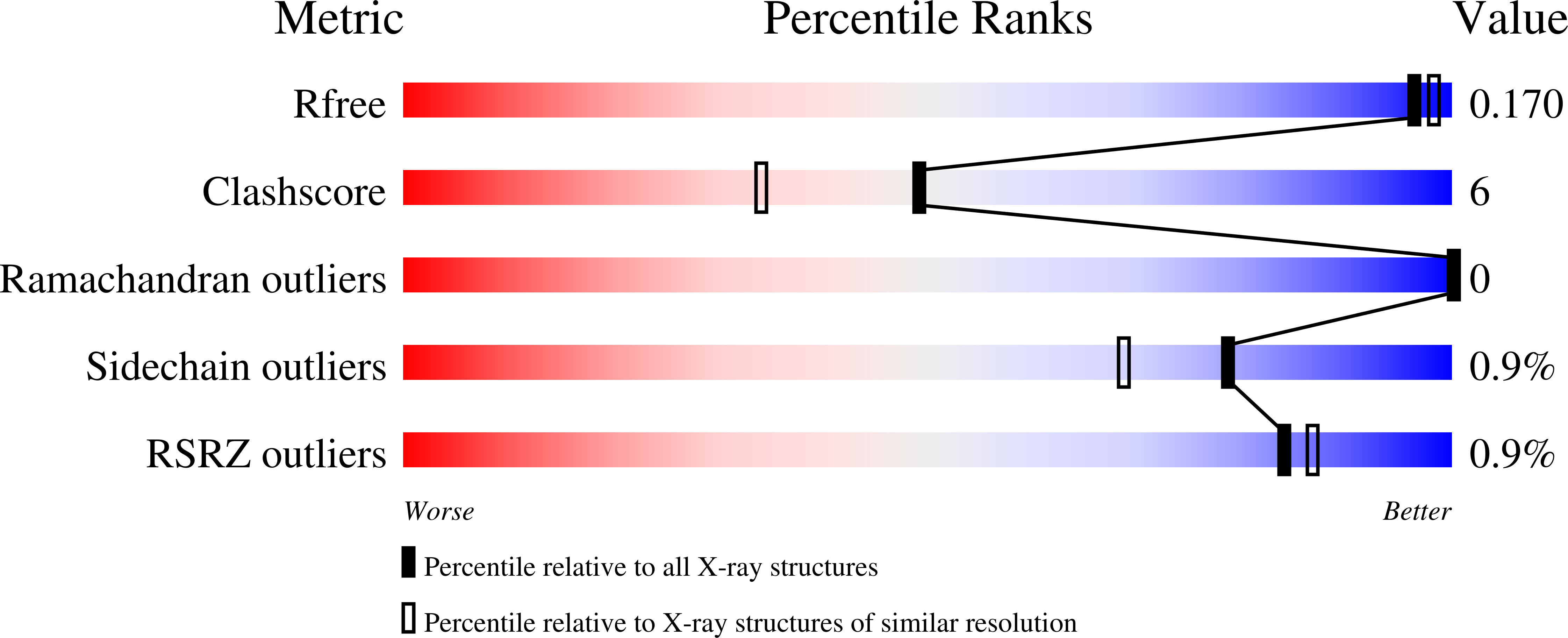Joint X-Ray Crystallographic and Molecular Dynamics Study of Cellobiohydrolase I from Trichoderma Harzianum: Deciphering the Structural Features of Cellobiohydrolase Catalytic Activity.
Textor, L.C., Colussi, F., Silveira, R.L., Serpa, V., De Mello, B.L., Muniz, J.R.C., Squina, F.M., Pereira, N.J., Skaf, M.S., Polikarpov, I.(2013) FEBS J 280: 56
- PubMed: 23114223
- DOI: https://doi.org/10.1111/febs.12049
- Primary Citation of Related Structures:
2YOK - PubMed Abstract:
Aiming to contribute toward the characterization of new, biotechnologically relevant cellulolytic enzymes, we report here the first crystal structure of the catalytic core domain of Cel7A (cellobiohydrolase I) from the filamentous fungus Trichoderma harzianum IOC 3844. Our structural studies and molecular dynamics simulations show that the flexibility of Tyr260, in comparison with Tyr247 from the homologous Trichoderma reesei Cel7A, is enhanced as a result of the short side-chains of adjacent Val216 and Ala384 residues and creates an additional gap at the side face of the catalytic tunnel. T. harzianum cellobiohydrolase I also has a shortened loop at the entrance of the cellulose-binding tunnel, which has been described to interact with the substrate in T. reesei Cel7A. These structural features might explain why T. harzianum Cel7A displays higher k(cat) and K(m) values, and lower product inhibition on both glucoside and lactoside substrates, compared with T. reesei Cel7A.
Organizational Affiliation:
Instituto de Física de São Carlos, Universidade de São Paulo, São Carlos, SP, Brazil.


















